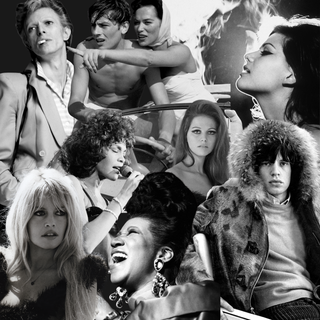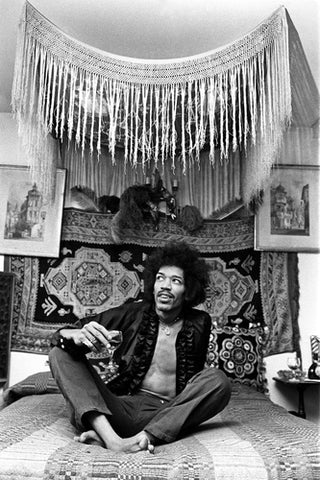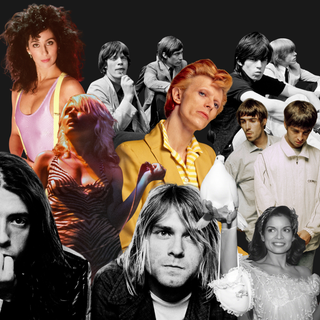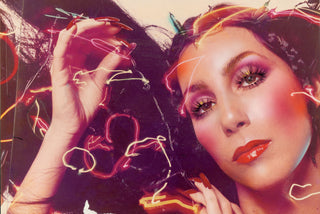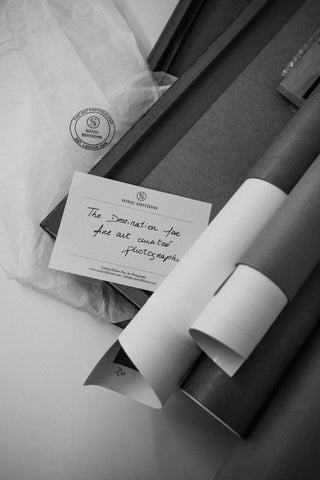Martyn Goddard

A prominent figure in the vibrant new wave music scene of the 1970s and early 80s, Martyn Goddard's lens has captured some of the greatest icons in music history. Delve into our interview with Martyn Goddard below, where he shares his invaluable insights...
SE: When did you know you wanted to be a photographer?
MG: I became very interested in photography while at school at the age of 15. Joining a local camera club, to master the techniques with some success. My images were well received which fired my interest in photography as a career.
SE: Do you have a favourite camera to shoot with?
MG: My favourite analogue camera was my 1974 Hasselblad (used on many an Album Cover). My favoured digital camera is a small Lumix GX8.
SE: Who was your favourite person/where was your favourite place to shoot?
MG: Debbie Harry of Blondie was my favourite rock musician to work with and locations in Italy and the South Western deserts of the USA to photograph automobiles on location.
SE: Out of all your photos which one is your favourite and why?
MG: From my Sonic collection, favourite musician image is a portrait of Debbie Harry shot in New York 1978 as part of a cover story for ‘The Telegraph Sunday Magazine’. When it comes to automobiles a shot of a 1926 Bugatti Type 35 photographed in a village in Sicily while driving in the car on the Taga Florio racetrack. I had finished my shoot but the sight of the large group of locals admiring the car while stopped at a red traffic light prompted a reportage shot, I always carry a camera!
SE: Which other photographers inspire you/are you following at the moment?
MG: A photographer hero was French Jacques- Henry Lartigue. He had a great eye to capture a moment in time.
SE: According to you, what makes a good photographer?
MG: Great photographers’ images have a recognisable style. They can produce quality images while under pressure and must make the most the situation, drawing on their experience and techniques.
SE: What advice would you give to someone wanting to get into photography?
MG: Practice, practice, take a stack of images and master your chosen camera. Learn from the greats but aim to develop your own image style. Remember if you want to be a professional every assignment is as important, and reflect you photographic style. Learn the rules of composition before you break the.
SE: Which photograph do you wish you had taken?
MG: The Clash album cover shot for ‘London Calling’ by photographer Penny Smith.
SE: We love your shots of classic cars, do you have a favourite?
MG: The Bugatti Type 35 with the Mercedes –Benz 300SL Gullwing a close second.
SE: You’ve also shot some incredible musicians, including the likes of Blondie, what was it like shooting her/can you tell us a bit about the images taken during the recording of the Parallel Lines Album?
MG: I had shot Debbie Harry for the Telegraph Sunday Magazine cover story. Chrysalis Records later used these for the Parallel Lines picture disc and press adverts because at the time the images had a unique quality. The B&W behind the scenes shots were my reportage of the events while Blondie were recording Parallel Lines at The Record Plant studios in New York, 1978. I spent hours waiting for a break in the recording session, and then had to set up group shots on the rooftop and portraits of Debbie at the microphone in studio working on vocals.
We invite you to look at more of Martyn Goddard's amazing working in his gallery!

